Description
Free Domestic Shipping. Quality glass filters.
Supported cameras:
Full Frame: D750†, D600*, D610, D800, D800e, D810, Df*, D850, Z6†, Z6II†, Z7†, Z7II†
*These cameras will have dust reduction system disabled after the H-alpha conversion.
† The D700, D750, D3, D3S, D3X, D4, Z6, and Z7 contain an IR internal shutter monitor that may contaminate the shot when shooting long exposures. This will generally only affect UV shooting. The D7000, D7100, D600 and D800 also have this monitor but do not have this contamination issue. The light leak can be avoided in the Z6 and Z7 by using silent shutter mode.
FOCUS WARNING:
With Nikon H-alpha conversions, and particularly naked conversions, focus with DSLR lenses may not work. These cameras will only be compatible with telescope and manual focusing. For autofocus, please order the full spectrum conversion here. The following models will autofocus properly after the H-alpha conversion: D3300, D3400, D810, Z6, Z7
WIDE ANGLE CORNER SHARPNESS WARNING:
We do not recommend combining wide angle lenses (wider than 35mm) with astro-modified sensors. Astrophotography thoroughly tests the optics of any camera system and lens. We have an in-depth article here on the issues with modified cameras and astrophotography. Corner sharpness performance is heavily tied to the lens being used, wide angle lenses compound this issue. We provide the highest quality glass possible, however, with certain body-lens combinations corner sharpness loss may occur.
Filters:
H-Alpha Filter :
Filter with expanded spectral response that covers the H-alpha and sulfur II emission lines. After conversion, the camera will have a greater than 4 fold increase in sensitivity in the H-alpha line compared to a stock camera, and a greater than 6 fold increase in sensitivity in the sulfur II line. This conversion will maintain the dust reduction feature in the camera and uses multicoated glass to reduce reflections and artifacts. Above, an actual measured transmission curve of the filter. Internal transmission is close to 100%. Be careful when reading transmission curves, some sources provide the more attractive internal transmission instead. All curves we provide are always measured transmission. Focus may not work on DSLR lenses.
Naked Filter:
The bare naked sensor. We take out all the filters in front of the sensor and leave your sensor unfiltered. There is no extra glass to cause any ghosting artifacts or attenuate any wavelengths, but your sensor will be much more sensitive to dust and scratches. Focus may not work on DSLR lenses.
Full Spectrum Filter:
Another popular option for astrophotography, allows you to use any filter over the lens to narrow down the recording band. Focus will be recalibrated for use with standard lenses. Can be ordered here
Our checkout system is through PayPal, but you do not need an account to pay. If you have a time sensitive order, please select “Rush Delivery” as your shipping option to receive first in line service. Leave us a note with your deadline so we can work to meet it.
After you complete checkout, you will be redirected to our shipping instructions page.
Focus Calibration Information:
Please note that on mirrorless cameras, we calibrate the camera to focus universally with all lenses. For DLSR camera’s our post-conversion focus calibration is set to 50mm, and will generally focus well with most lenses between 20mm – 300mm. If you are sending in a DSLR for conversion and plan on using lenses outside this range, or using one specific lens, you may want to include this lens with the camera so we can calibrate the camera to it specifically. If you have any concerns regarding lenses and your DLSR camera; please reach out to our customer service team before shipping the DSLR to us.
By purchasing you agree to our Terms of Purchase.
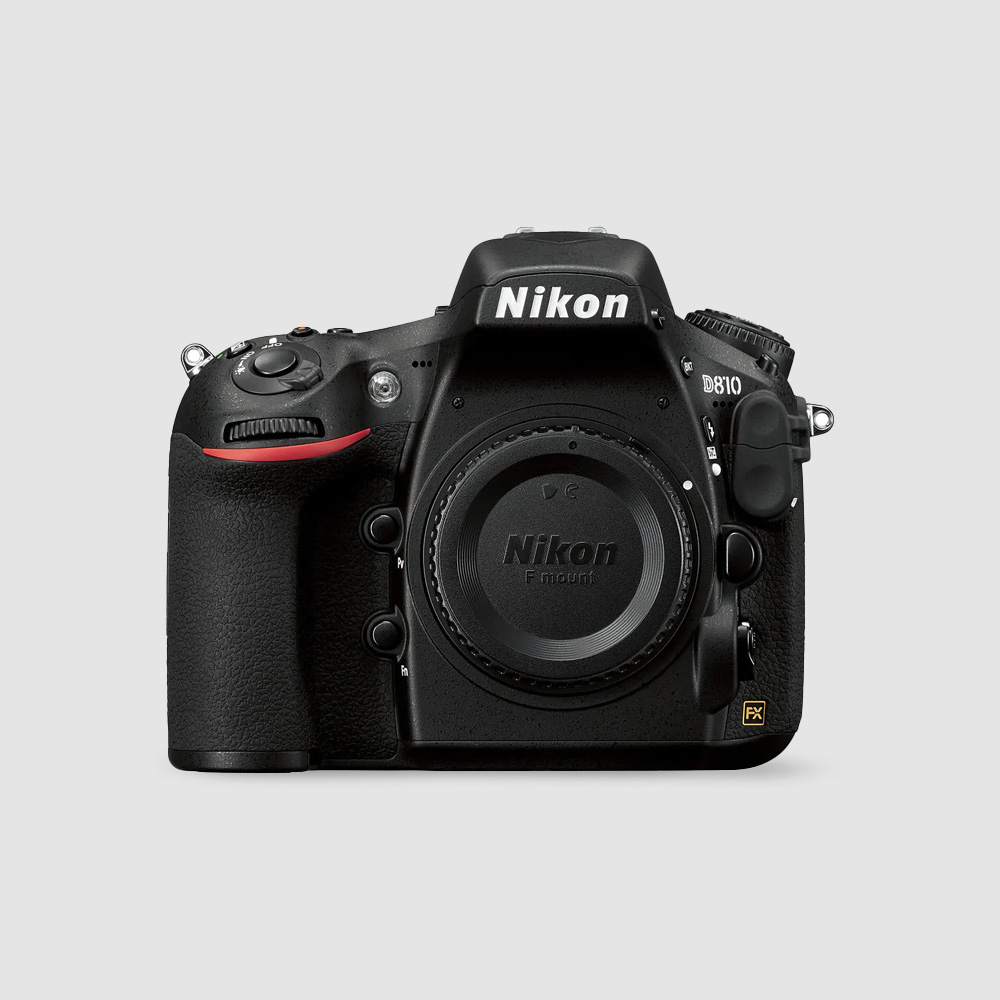
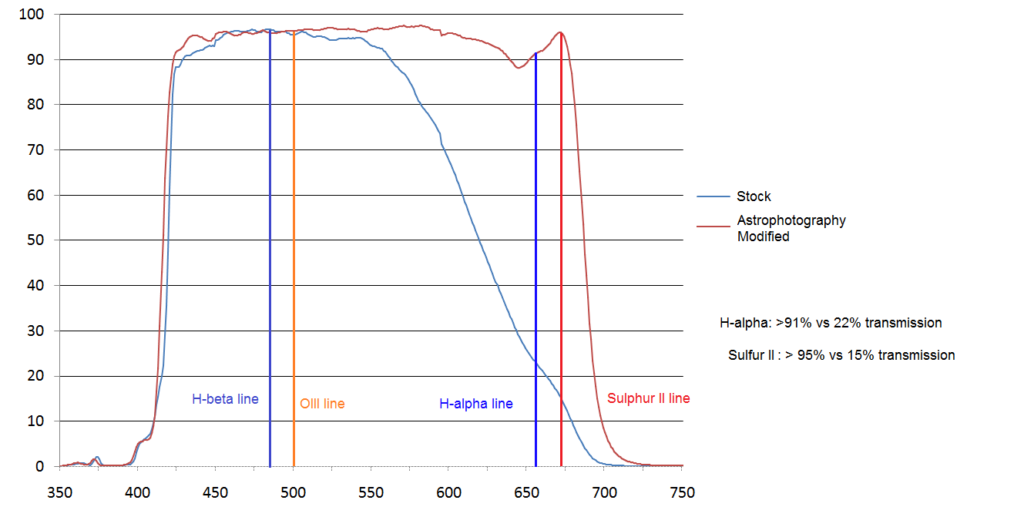
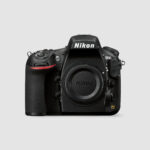
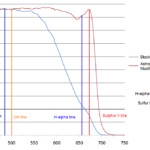


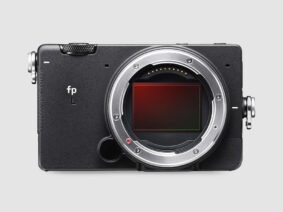
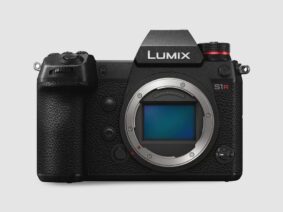
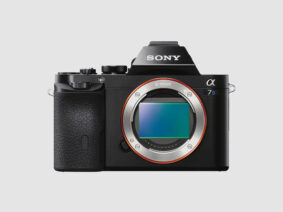
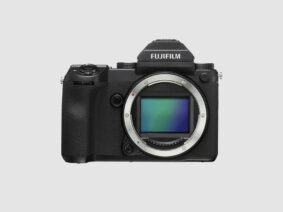





Peter Wolsley –
Just got back my Nikon D5300 after having the Astrophotography (H-Alpha) conversion. I live in Ontario, Canada. It took less than one week for the camera to arrive at Kolari Vision. It took a full week before they shipped it back to me. It then took a little more than a week for it to arrive at my home. It arrived on Dec 27th, 2017 so the xmas rush probably contributed delays. The camera was wrapped in plastic, then again in bubble wrap, then in a tight fitting cardboard box, then in a second slightly larger cardboard box and finally in an Express padded bag. Very well protected. I waited 24 hours to unpack the camera just because it was so cold and I was afraid of condensation.
A small section of rubber trim was slightly protruding which I easily pushed back into place. I installed it’s battery and immediately took several FLATs looking for dust issues. Before sending the camera out I had several small dust donuts that I believed were all on the protective glass covering the sensor. These latest FLATs showed only a couple of faint dust donuts with the worst being at the extreme right edge of the image where vignetting and cropping due to stacking is predominant, which I thought was a very good result.
I also bought two hot mirror filters for my portrait and telephoto lenses. With the filters installed and the camera using a custom whitebalance set at their factory I found the resulting pictures have very nice color. The autofocus also works just fine both with and with-out using the hot mirror filters. I look forward to testing this combination with some sunset photos. I took some photos without the hot mirror filters…these look like old photo prints that were sun faded.
My biggest regret right now is all of the snow and extreme cold weather. I don’t have an observatory and my hands can’t take the cold. I can’t wait to see what I can achieve with my telescope this year…come on Spring!